Understanding how to vent your kiln is important. In this blog post, we’ll delve into the requirements for venting your kiln to ensure a smooth and efficient operation
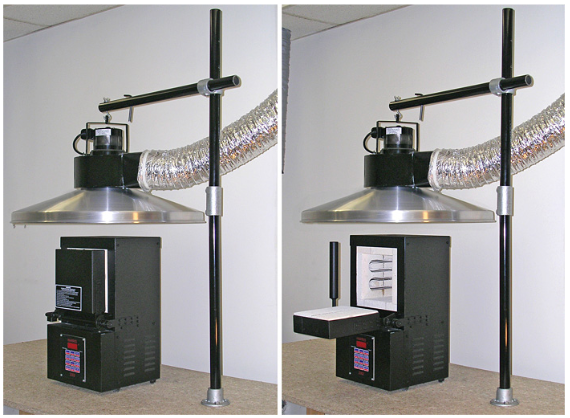

Understanding how to vent your kiln is important. In this blog post, we’ll delve into the requirements for venting your kiln to ensure a smooth and efficient operation

Academic Papers and other Research Building on The Virtual Foundry's FFF Metal 3D Printing Technology. The Virtual...
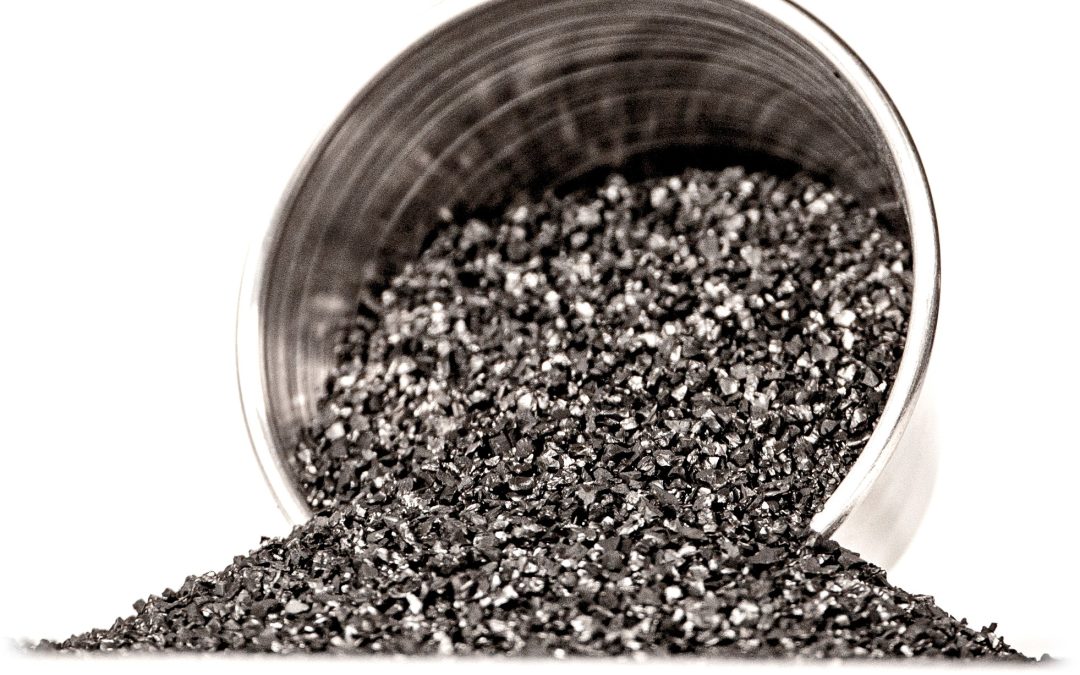
Sintering Powders: What, Why and When?[Printable Version Here]Sintering Powders include two groups: Refractory Ballast...
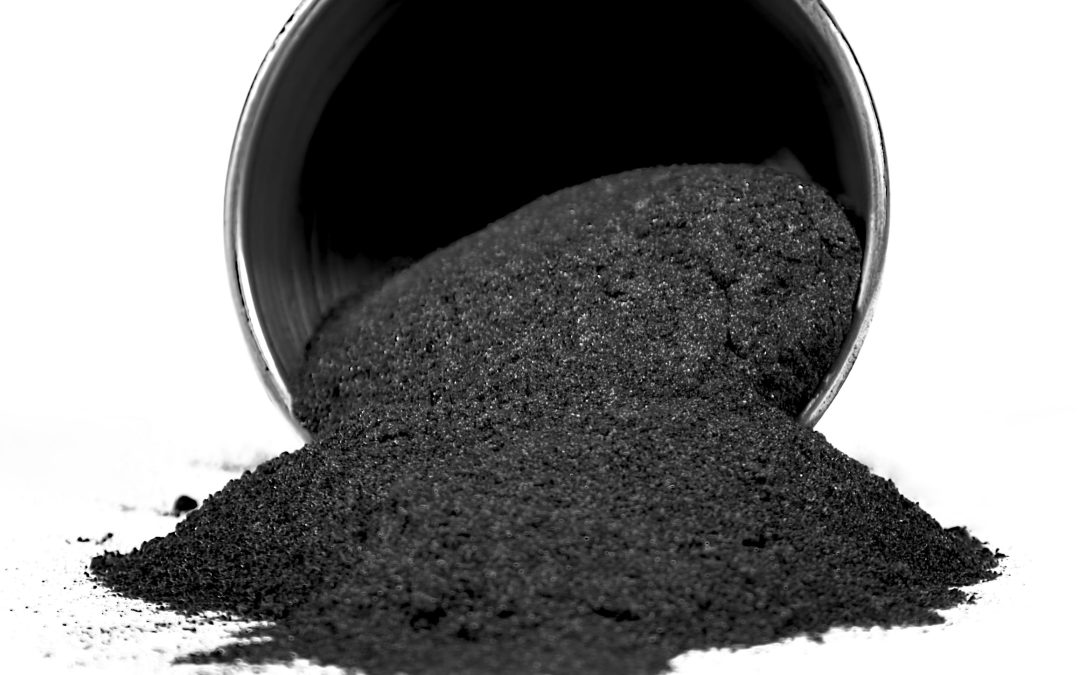
Introduction Sintering refractory ballast plays a crucial role in the debinding and sintering process of parts. When...
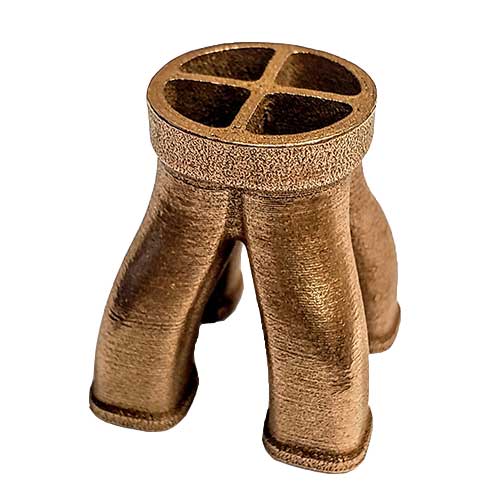
Introduction: 3D printing technology has revolutionized the manufacturing industry, allowing for the creation of...

Two things need to happen during sintering:The part shape is supported, andOxygen is prevented from reaching the part...

Bronze-Age Relic? or, was this pure bronze work of art 3D printed in someones basement just last week? Drumroll...
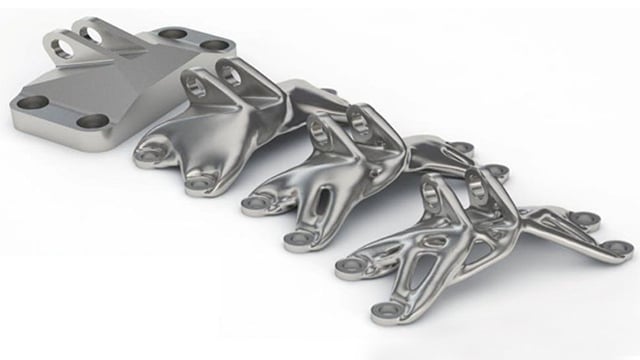
Each metal additive manufacturing process has its own set of guidelines for ideal part size and shape - Design for...
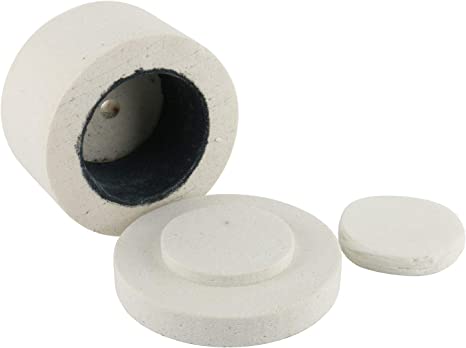
Could it really be this simple? Early proof of concept is indicating YES! it is. TVF Partner Innovator Highball has...
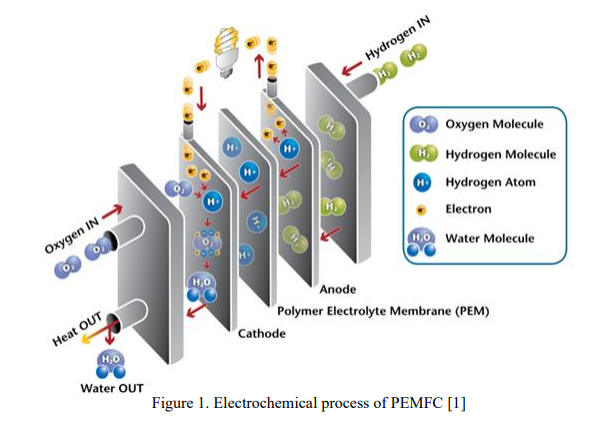
3D Printed Titanium Breakthrough! A newly published paper by David Alexander of the University of Texas at El Paso,...